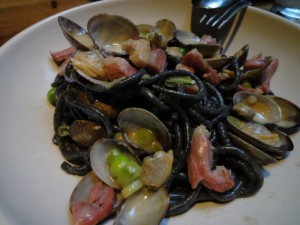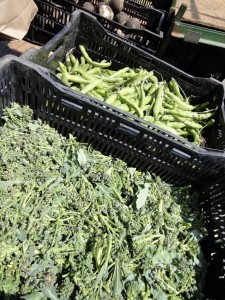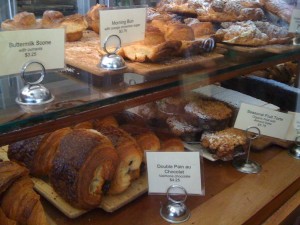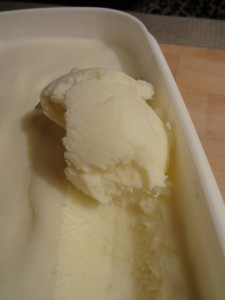One of the things I miss most about not living at home anymore is that I can’t go out into my mom’s garden and snap off a sprig of rosemary whenever a recipe calls for it. I especially hate this during the summer when I have to buy huge bunches of basil that I can’t entirely use before the leaves begin to wilt. However, I had my heart set on a caprese salad; since I had some leftover chicken in the fridge, I thought a pesto pasta main course would be an agreeable way to use up the rest of the basil.
One of my co-workers has been on the hunt for the perfect burrata this summer and recommended I try Bel Gioioso’s version. On my way home from work, I grabbed it, along with some Roma tomatoes, an ear of corn, and pine nuts. Once I washed the basil leaves and set a few leaves out for the caprese, I put the rest into a food processor and began to add a little bit of pine nuts, parmigiano, black pepper, and olive oil quanto basta, tasting as I went along until the flavor was just right.
In the meantime, I set some balsamic vinegar over low heat to reduce and put a pot of salted water on to boil. I threw in the pasta and, at the very end, the freshly-shucked ear of corn. Once I drained the water (reserving some in a separate pot to add to the pesto sauce if needed), I heated up my leftover chicken breast with the pesto and corn off the cob before tossing it all together for a delicious Italian-American feast.


















